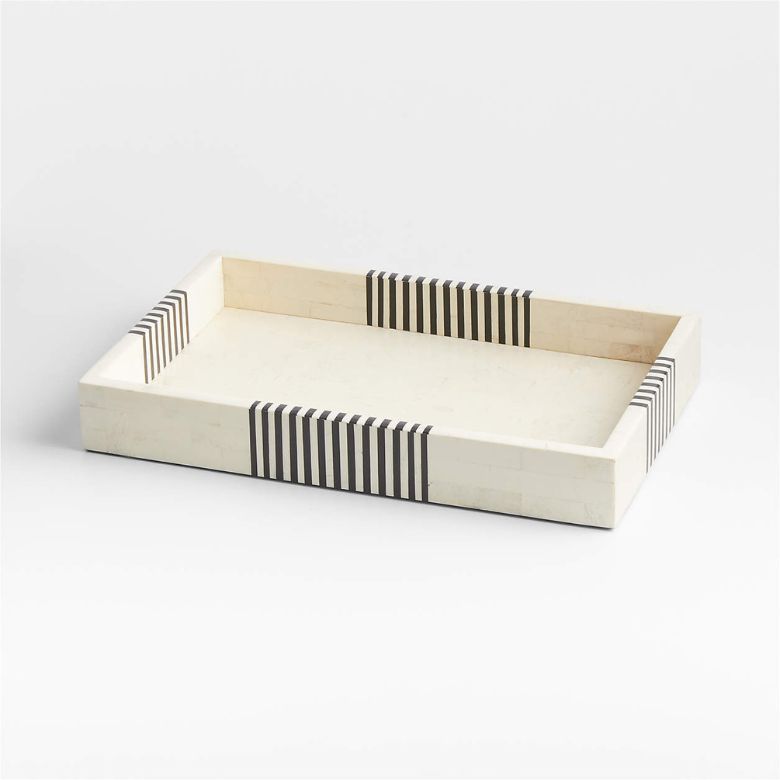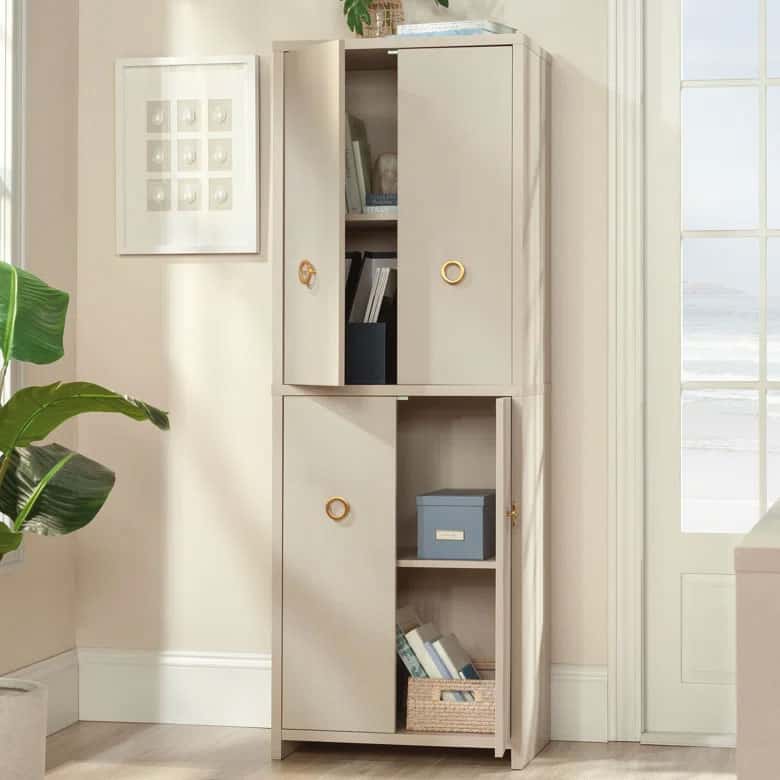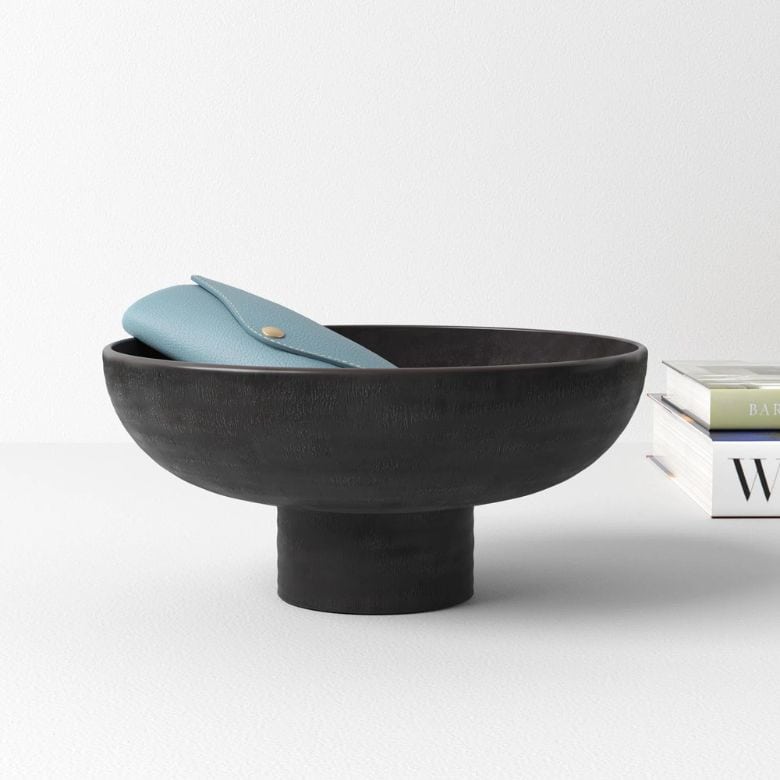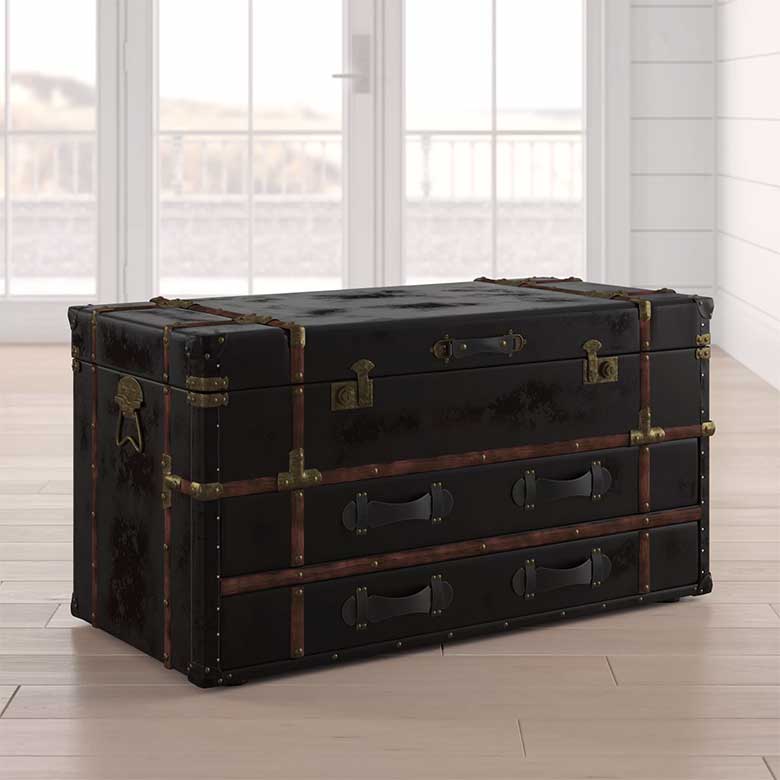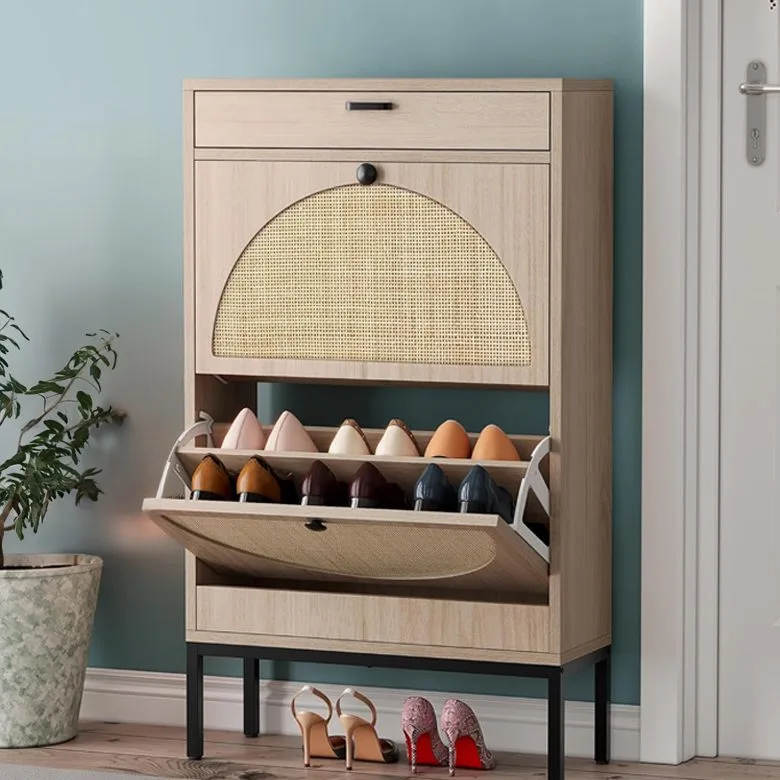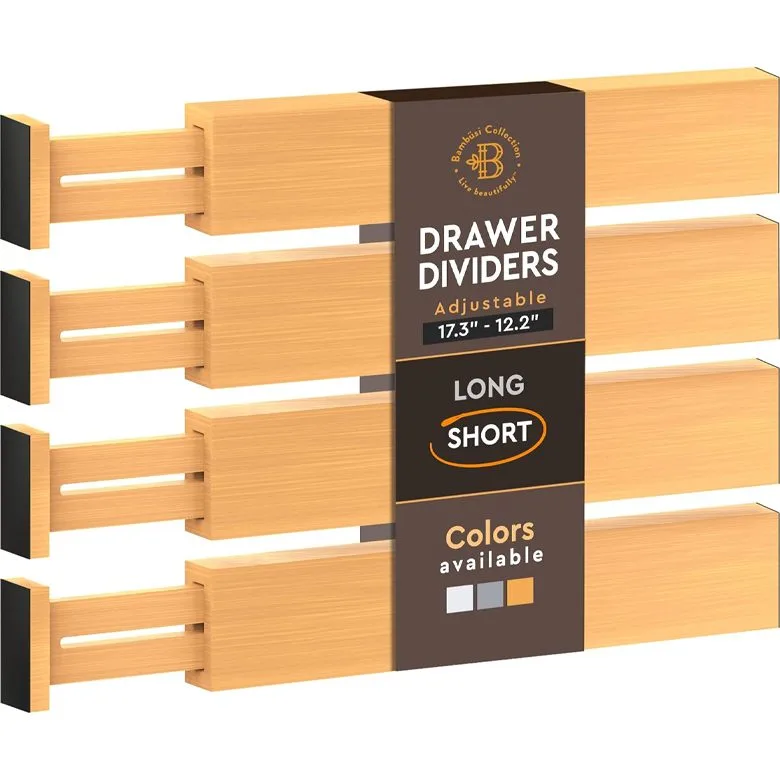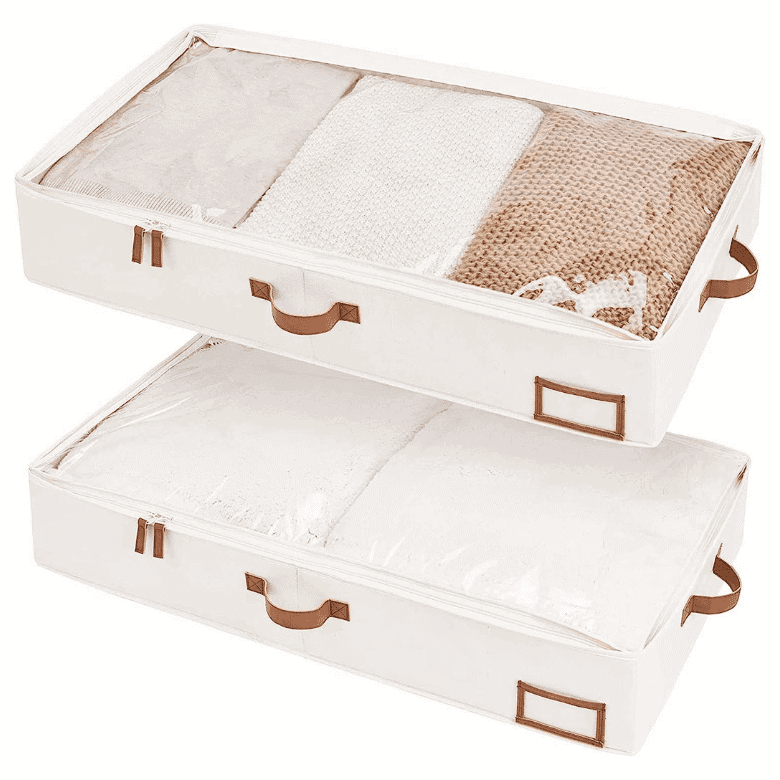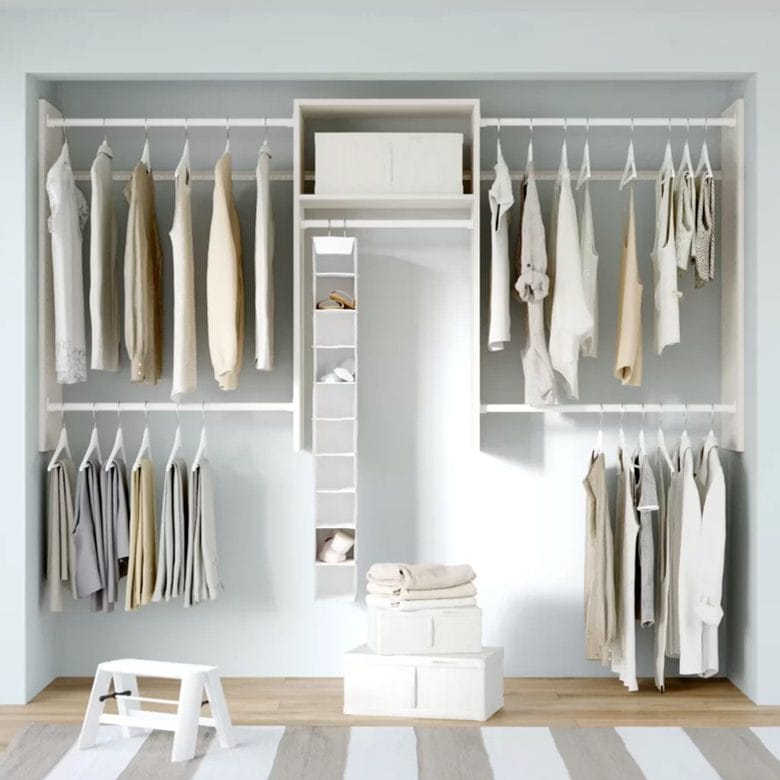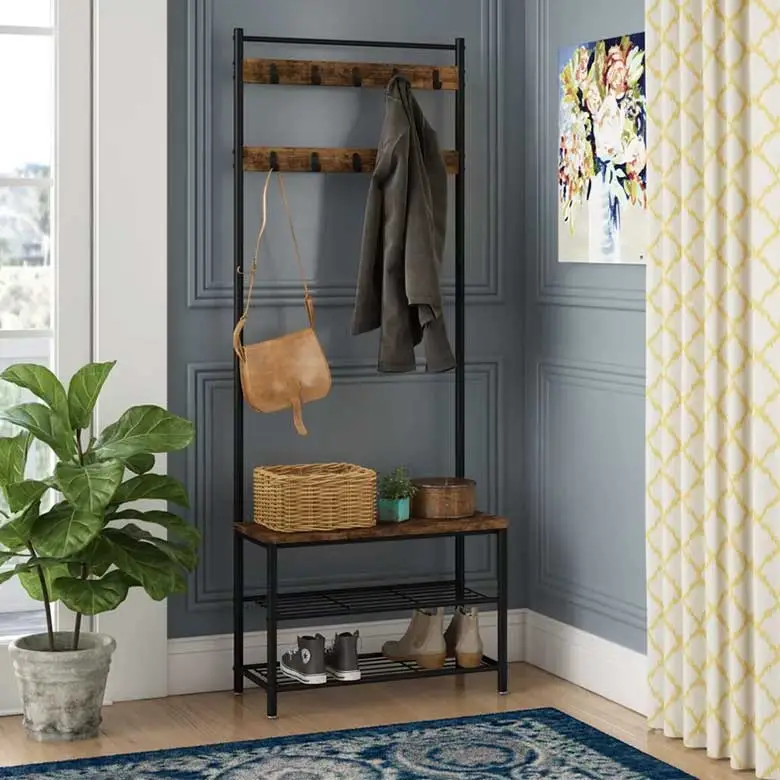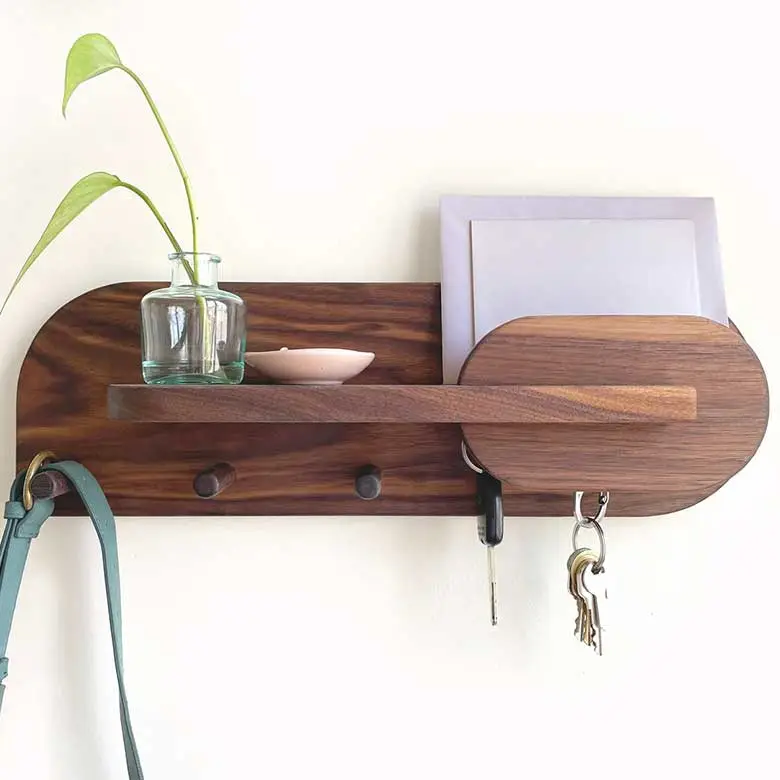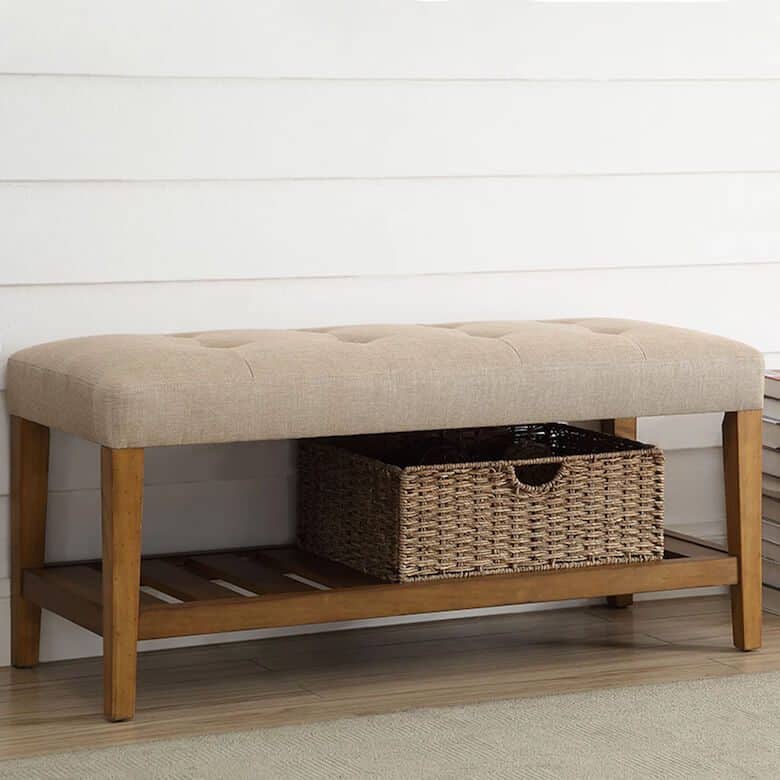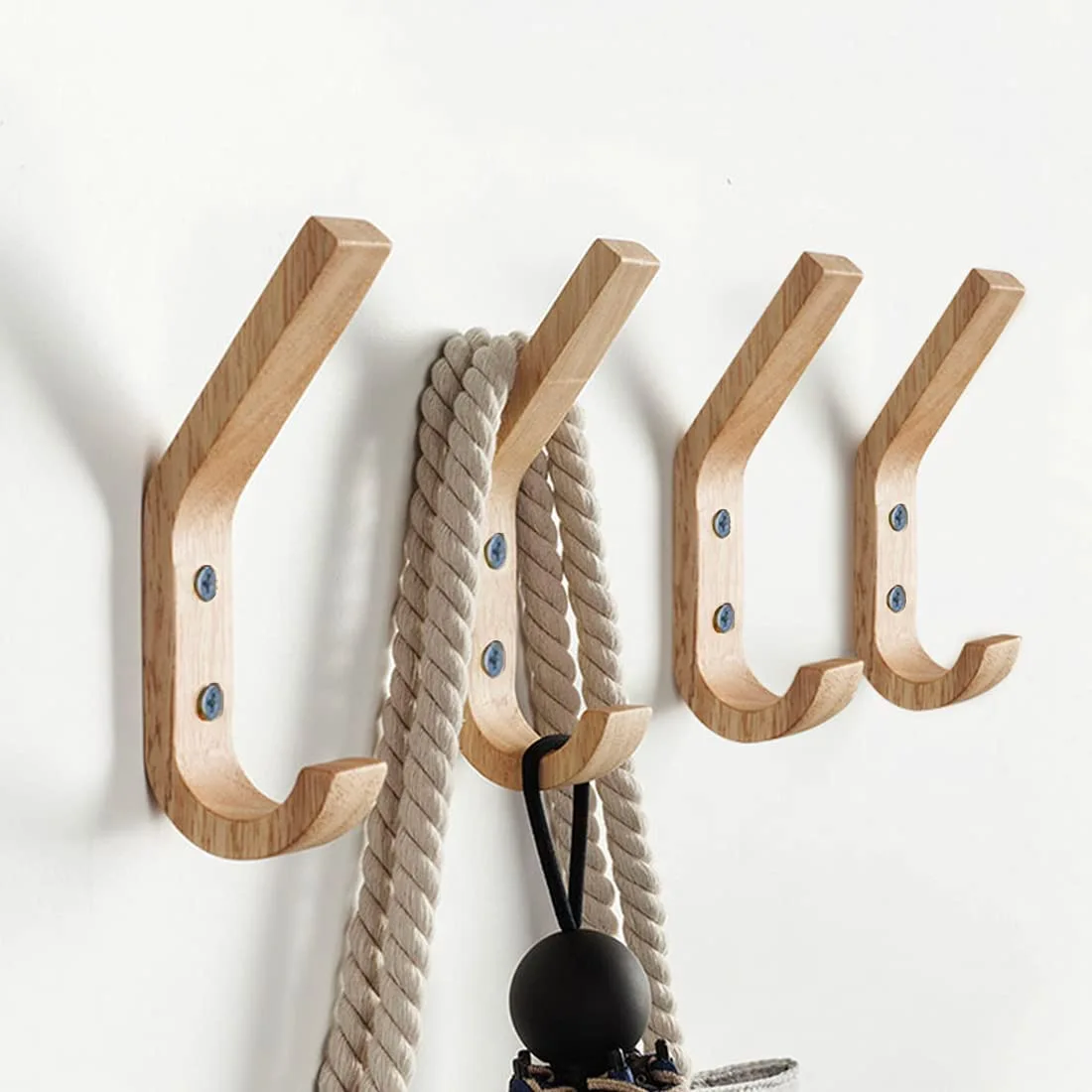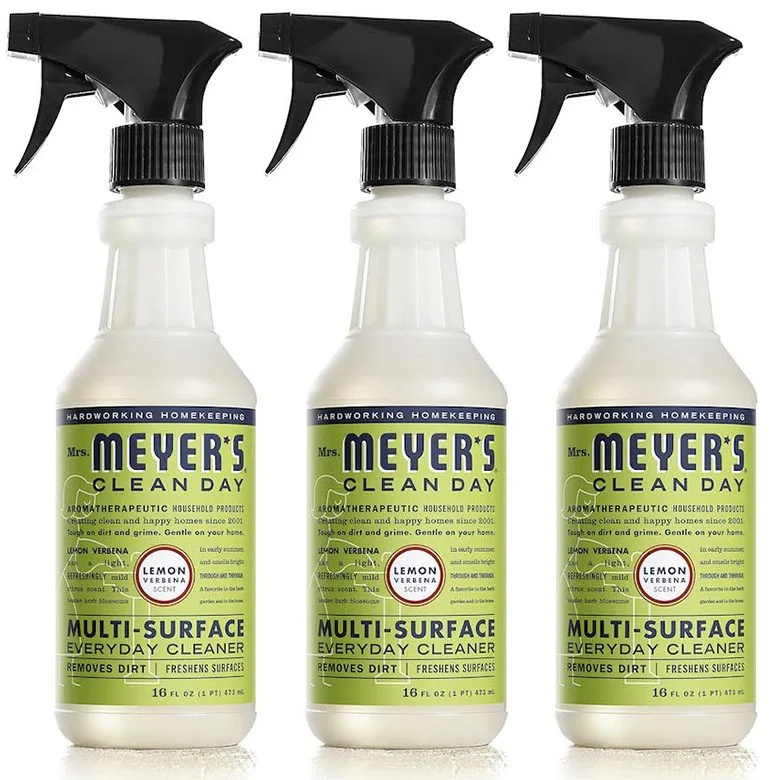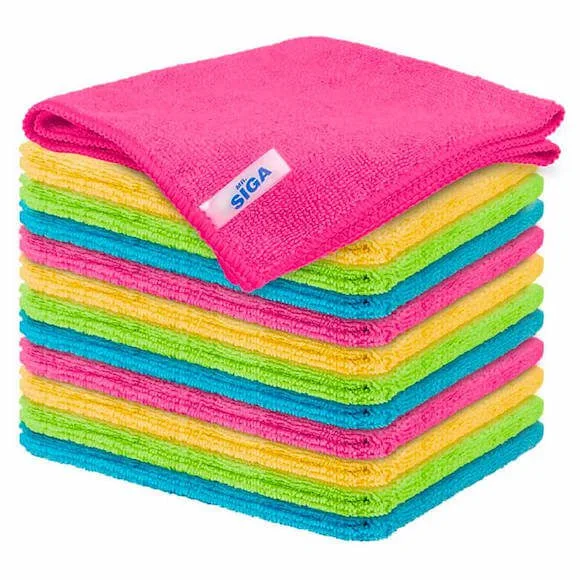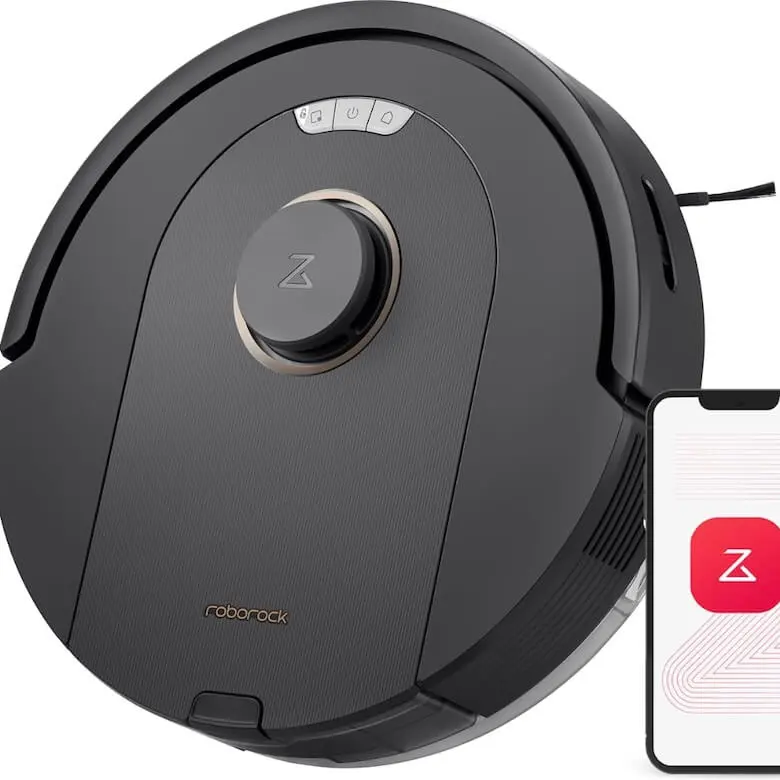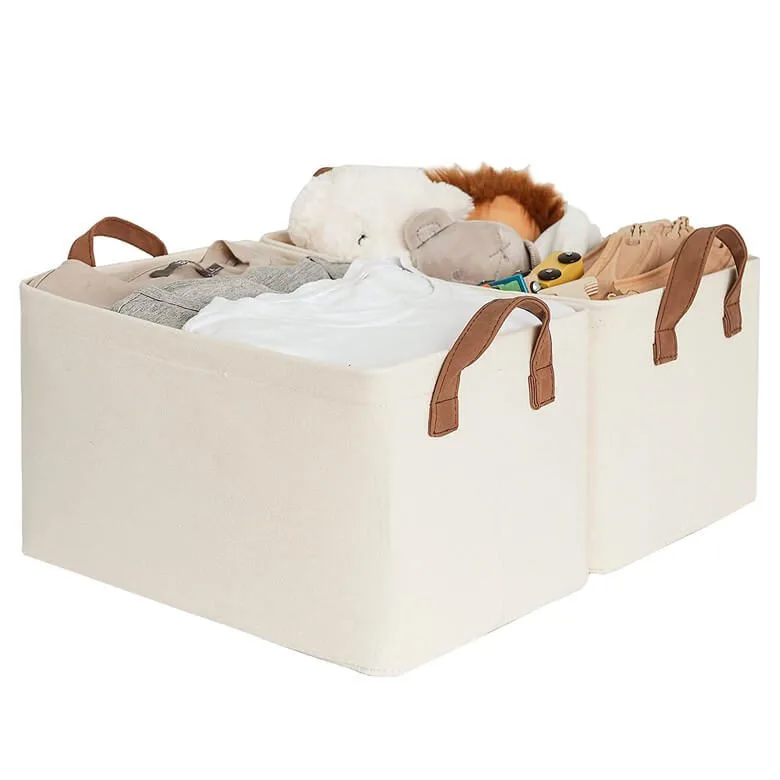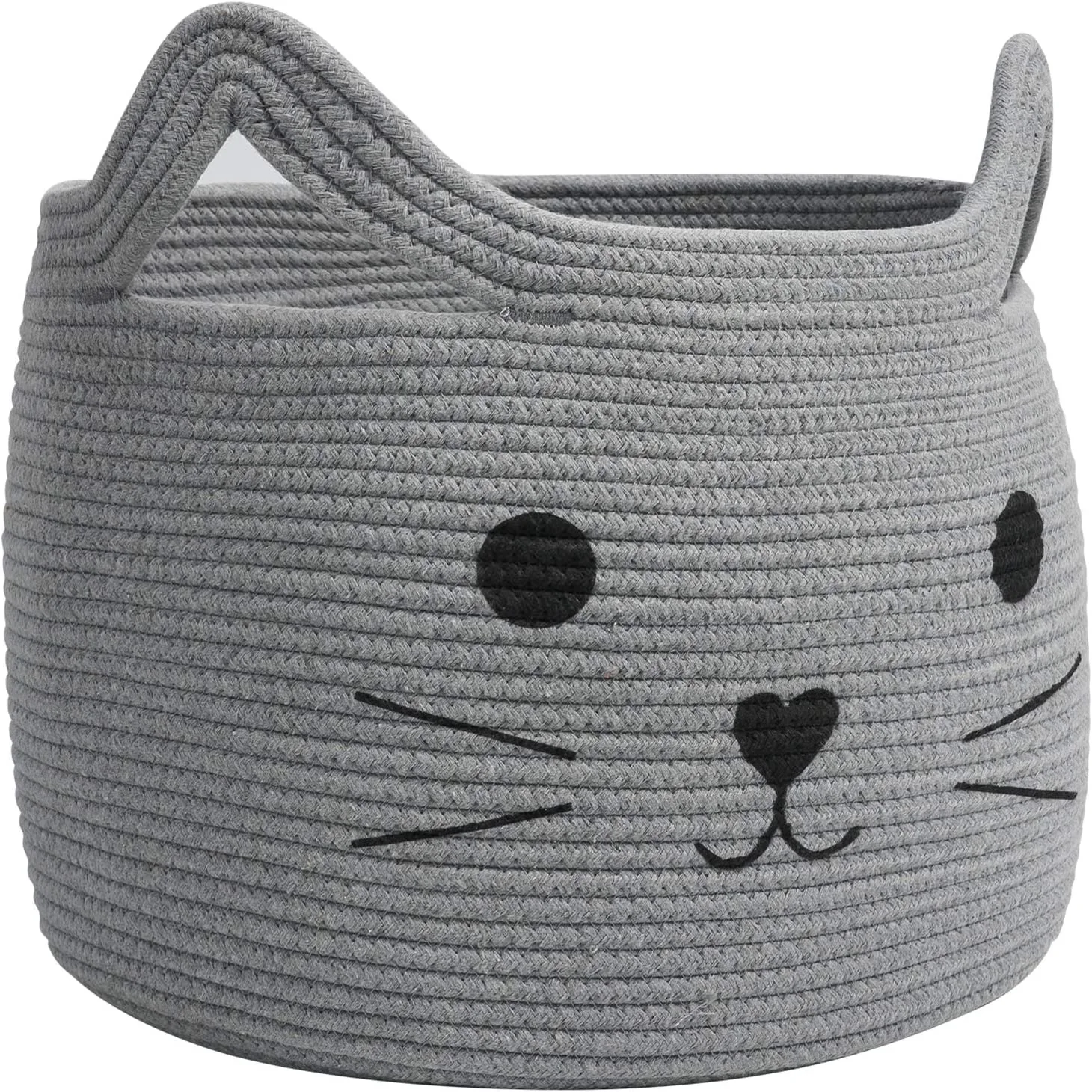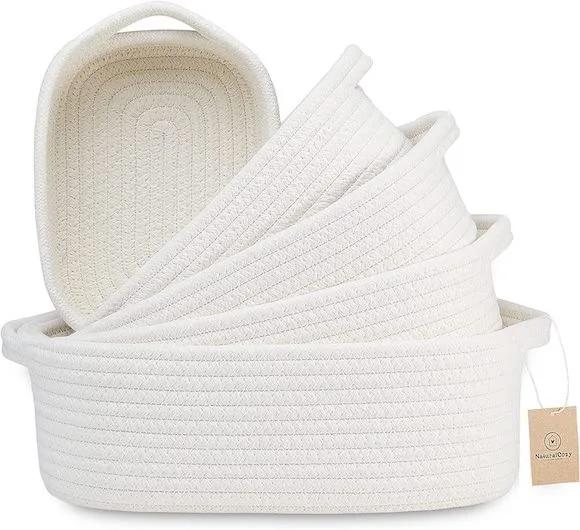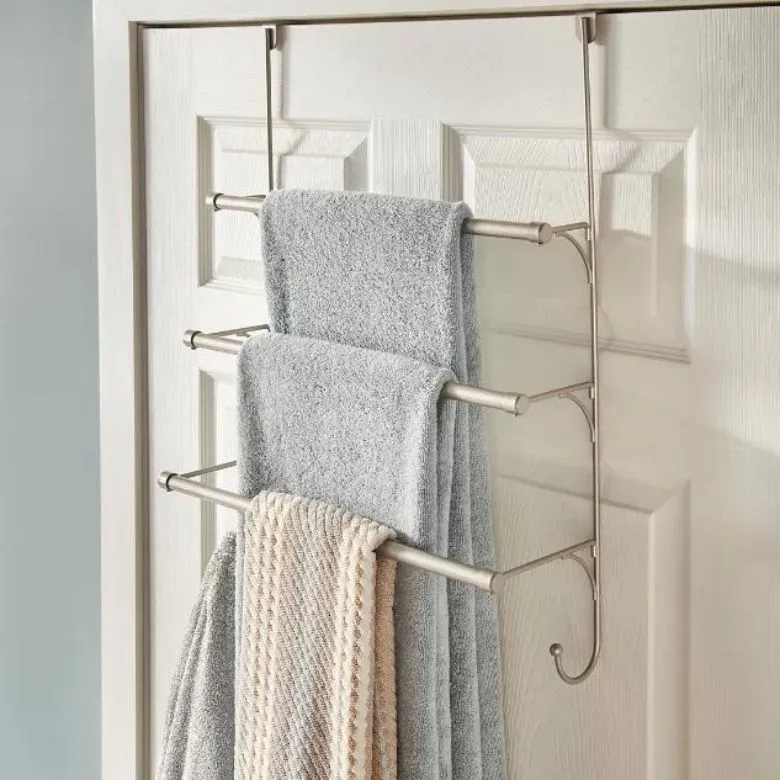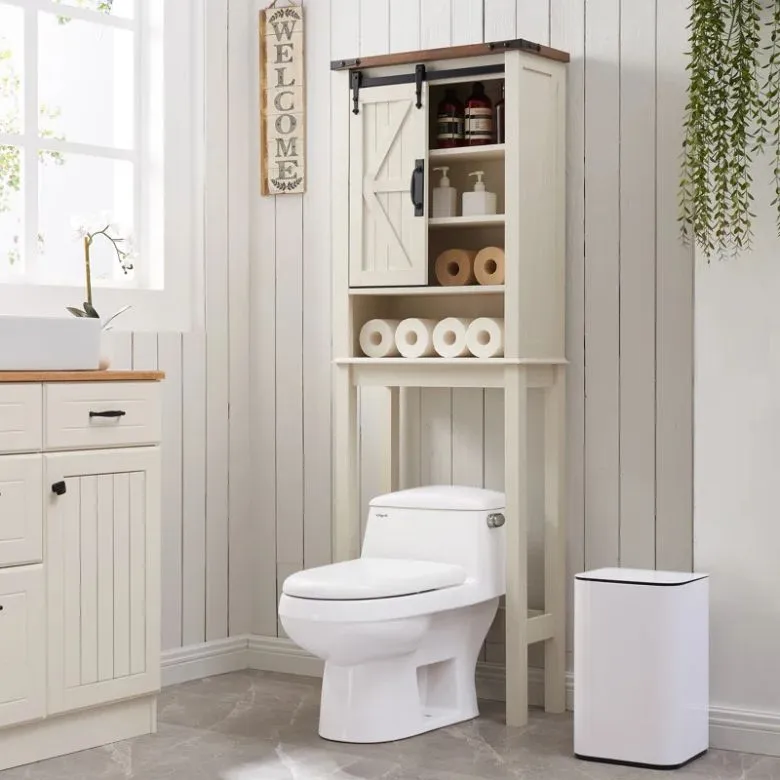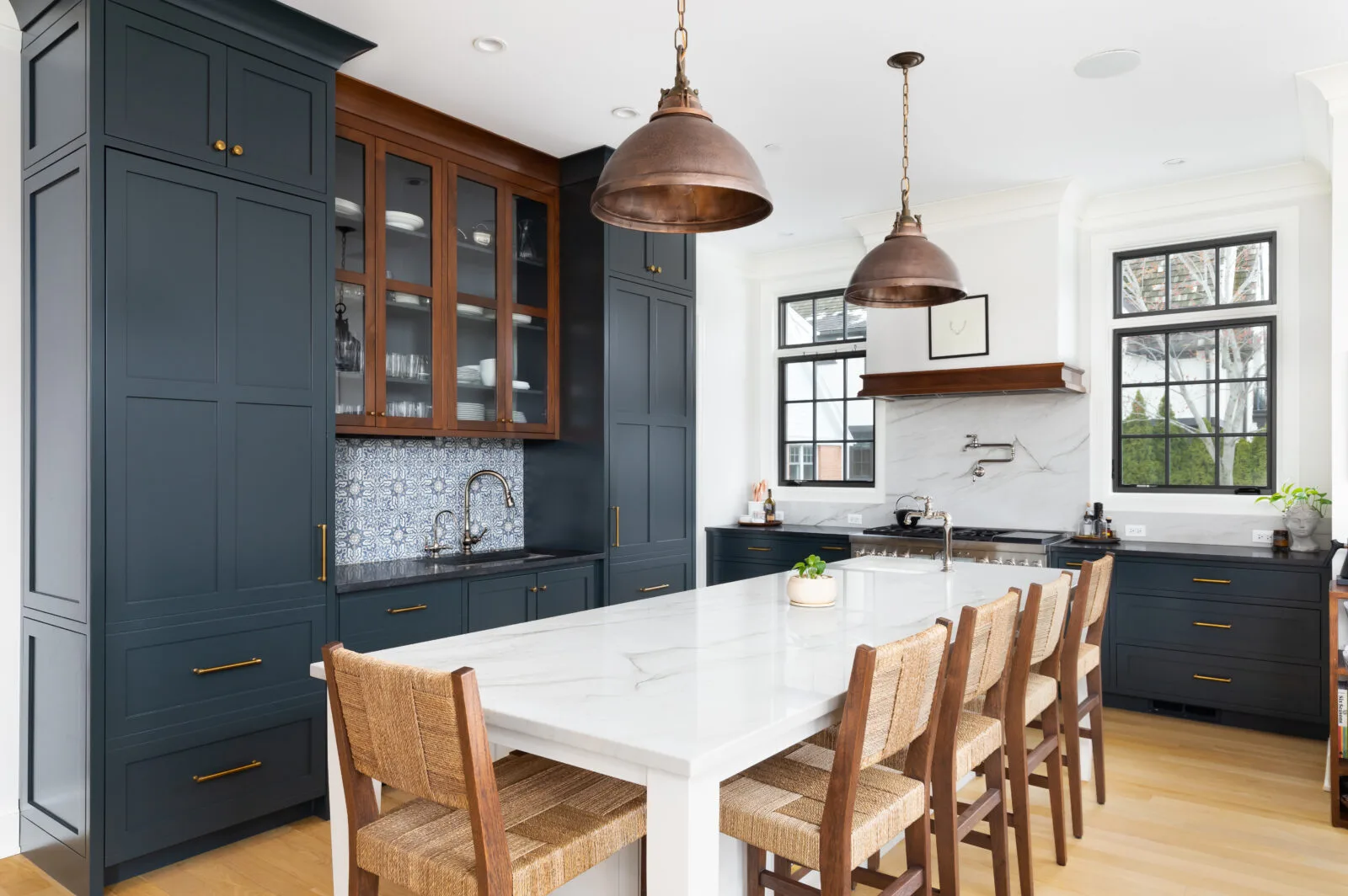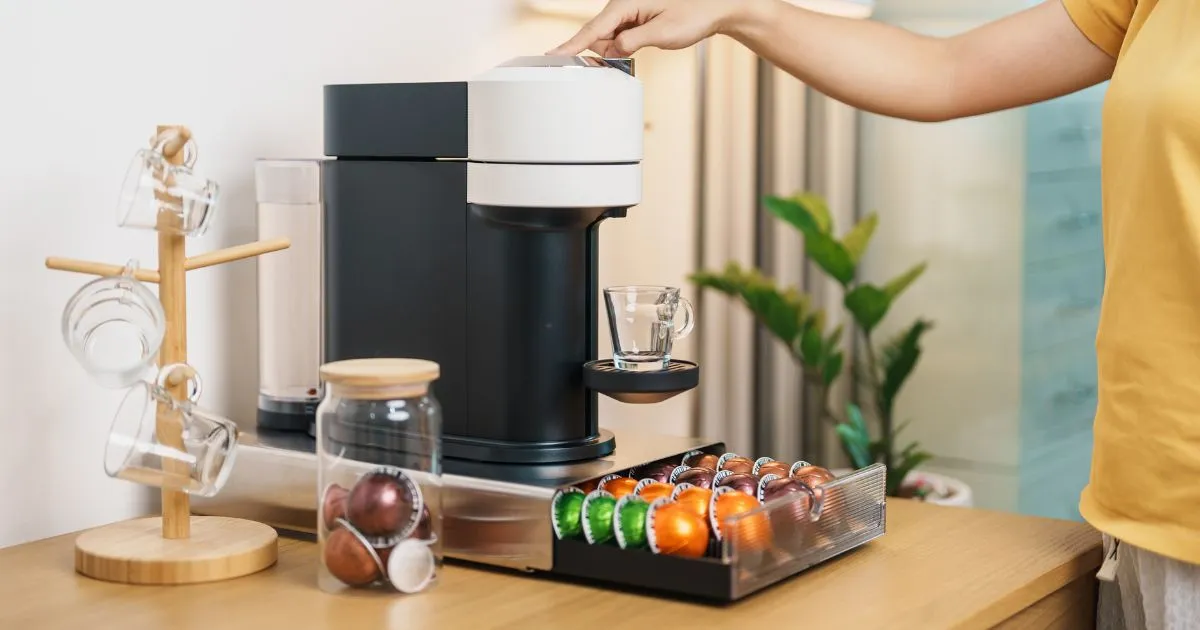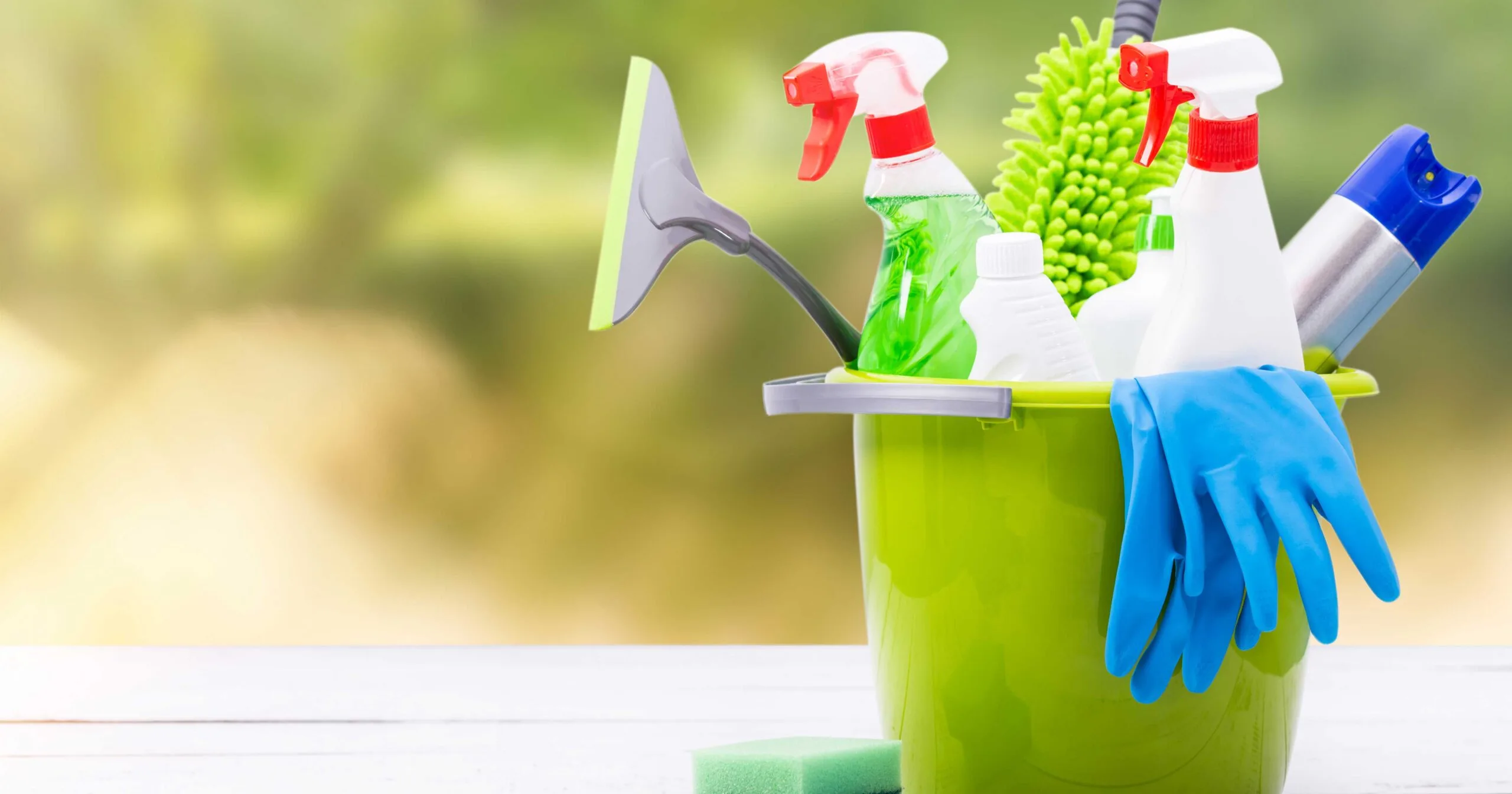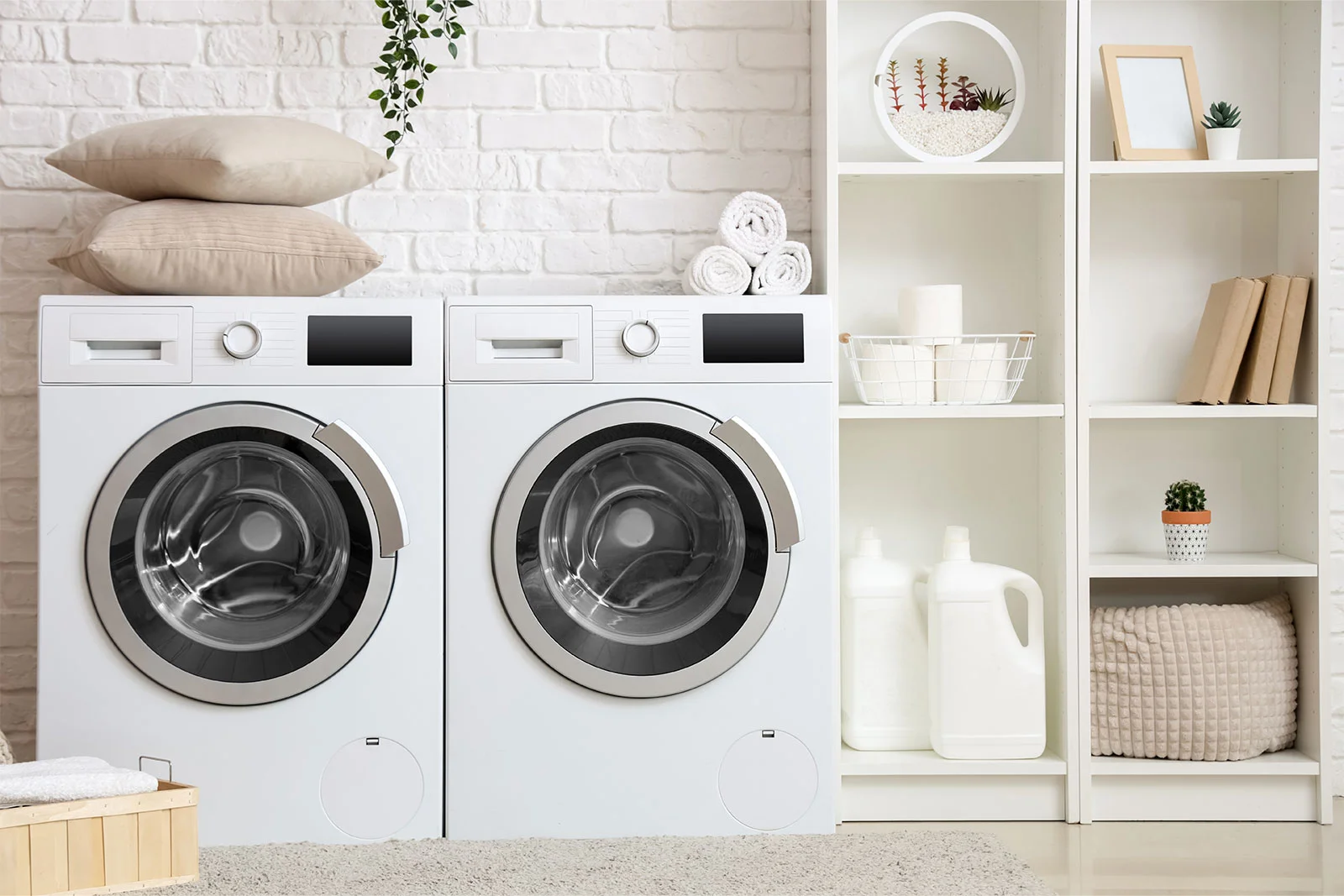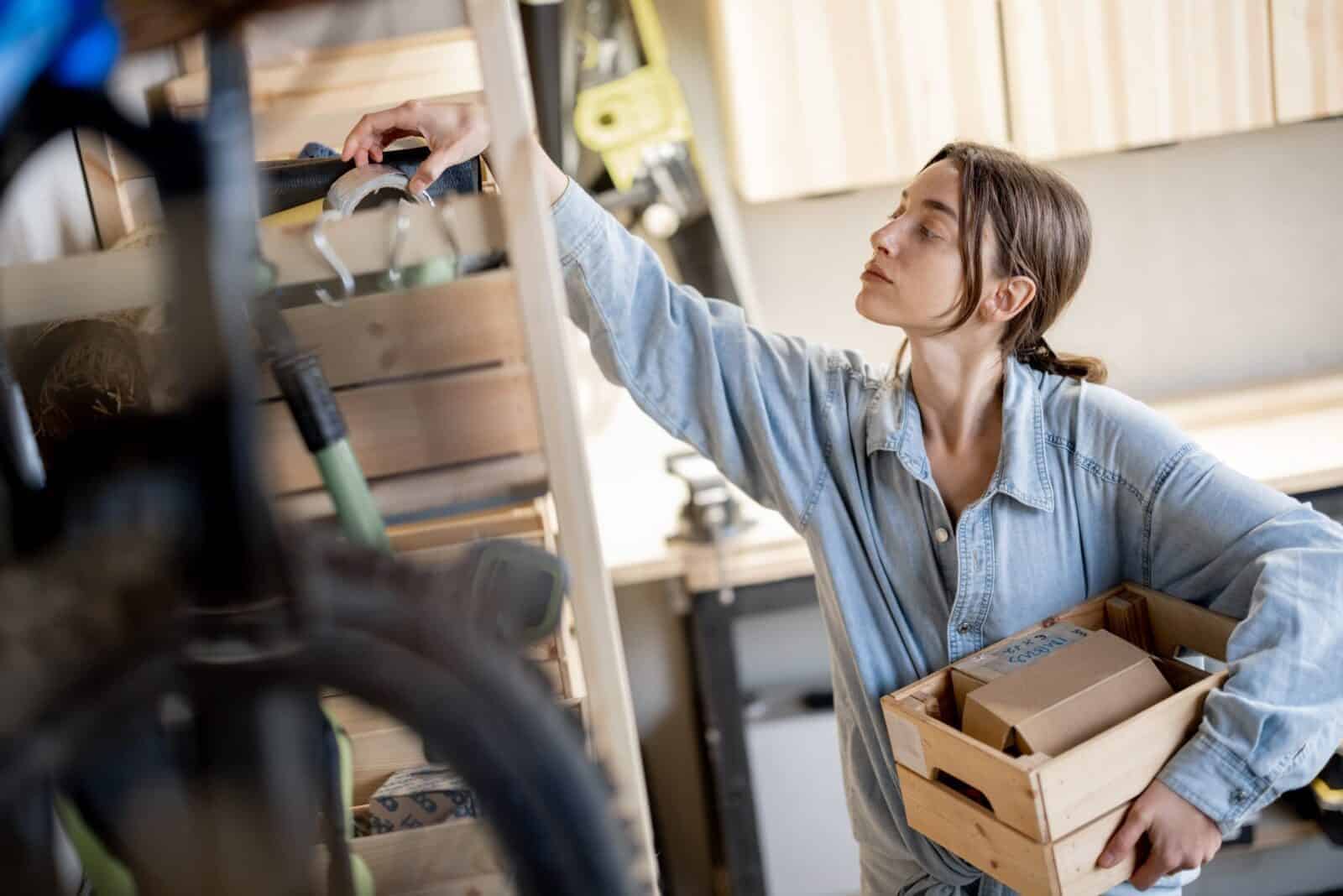15 Expert Decluttering Tips for Organizing Your Home
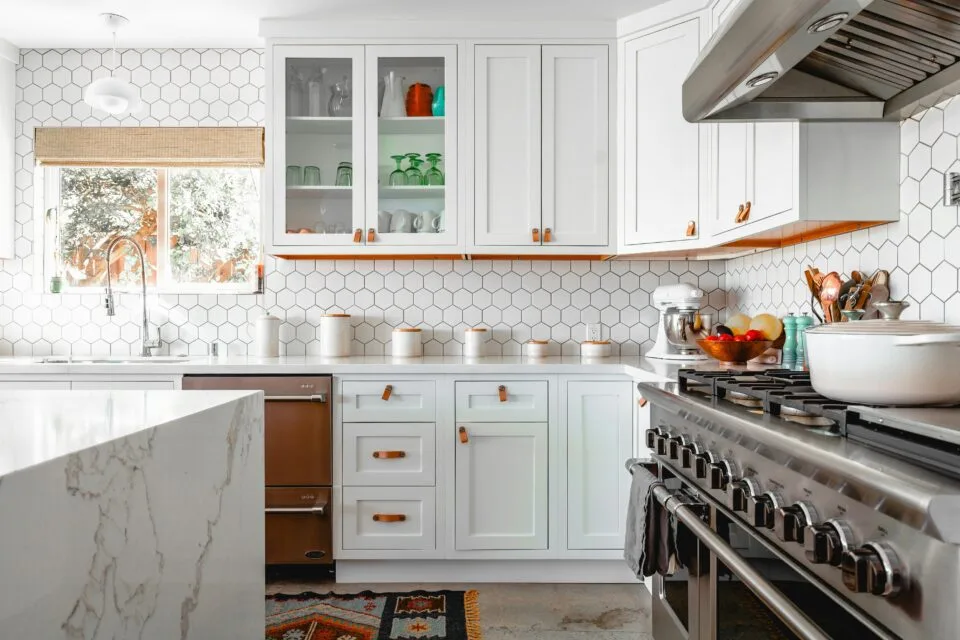
This site contains affiliate links to products. We may receive commission for purchases made through these links. Price at time of publish date may change.
Keeping your home organized is often easier said than done. After all, it takes work to get to a place that feels orderly and clean, especially when you live in a busy household where everyone has a different schedule. And while we can’t always stop the clutter from coming in, we can help you with decluttering tips and tricks to make it more doable. Whether you’re trying to keep your closet in order, finally tackling laundry room organizing, or simply realized your house has become a mountain of stuff, we’re here to help you de-stress and contain the mess.
To help curb your overstuffed spaces, we reached out to experts Lisa Jacobs and Kate Pawlowski, and researched some tips from Mindy Godding to guide you to your most organized home. Jacobs is the founder of Imagine it Done, a company that teaches tried-and-true methods to keep homes tidy; Pawlowski is one of the founding partners of Done & Done Home, helping clients with moving, home organization, and estate management; and Godding is a certified professional organizer and founder of Abundance Organizing, a luxury professional organizing and move management company. Together, they know a lot about the art of decluttering. So let’s dive in!
1. Take Control
Mindy Godding says that, “the key to organizing isn’t always to change habits—in fact, it’s much easier to work with them.” For example, some clutter, you can’t get rid of—so it’s best to control it. She suggests creating containment zones for certain items to live: “functional” hotspots and “random” hotspots. Functional hotspots are for things like paper and mail, sports equipment, and shoes. Here, use solutions like trays, storage baskets, or cubbies to organize items.
Random hotspots are for those pesky areas where clutter seems to accumulate. “Does a particular countertop turn into a mess every day? Add an attractive bowl or basket to the spot to hold clutter as it gathers. Do books or craft supplies always pile up on coffee tables in your lounge areas? Give them a home that is nearby and easy to access,” Godding says on her site.
2. Drop Off Donations Regularly
Sometimes, doing one small thing often enough can have a big impact! Consider keeping a box in the closet to throw old clothes and shoes in. When it’s filled, put it in the car and take it to your local donation center. Encourage the kids to do the same, and pretty soon, decluttering and donating your old items will become a habit that’s easy to get done. And if you’re getting a new piece of furniture, like a couch, you can donate that, too.
3. Adopt the “One In, One Out” Method
Complementary to dropping off donations, you can also adopt the “one in, one out” rule. It’s simple: For every new item or product you bring into your house, you donate or toss an item that’s no longer of use to you. You can use this method for things like home decor—old throw pillows and blankets, plates or dinnerware—but you could also implement it for clothing, shoes, furniture, books, magazines, and more.
4. Utilize Home Organizers
Honestly, they’re there for a reason! Home organizers, closet organization systems, drawer organizers—they can become your new best friend if you’re looking to seriously tidy up your space. There are storage warriors here that will take your organization game to the next level. (We must admit, it’s also super satisfying when they fit your home aesthetic, too.)
5. Stay on Top of a Schedule
The one thing above all else that will help your home stay clutter-free? Making regular organizing and cleaning a priority. Create a schedule that’s doable for your lifestyle—whether that’s once a week, once a month, or once a season—and take an afternoon to go through your things to purge what you no longer need. This will keep you honest and make organizing less of a stressor. We’ve even created a starter pack of overall cleaning lists to help you get in that mindset.
6. Plan Ahead
We’ve all had that moment where we’ve spontaneously decided this will be the day to clean the house from top to bottom. But Jacobs insists that it’s important to be realistic and set goals you know you can accomplish vs. diving right in haphazardly. Going in with a plan means you’re more likely to get everything done and establish new habits you can use over and over again, instead of a one-time hack that’ll fizzle out next time you need to organize your kitchen.
7. Ease Into the Entryway
If you’re not sure where to start, your entryway is a good place to consider. “Containment is key in this space because piles of shoes, backpacks, and outerwear all give off a disorganized vibe,” Pawlowski explains. She suggests adding a few coat hooks or bins so you have plenty of easily accessible spots to store your stuff. (And less room to make excuses for not putting things away.)
8. Avoid Distractions
The thing about tackling chores is that it’s easy to discover another you’ve totally forgotten about mid-sweep. But even if you think you’re being productive by starting another project, that kind of distraction can be troublesome when decluttering. “You do not want to press pause and promise you will get back to it at another time,” Jacobs says, “Keep the pace” and you’ll get more done, more effectively.
9. Make Cleaning the Kitchen a Habit
“Maintenance is key in the kitchen, and consistent daily habits will go a long way to keeping things functional,” Pawlowski says. Before heading to bed, consider wiping down the counters and starting the dishwasher. That way, you can wake up to a fresh start (literally) and you won’t have chores hanging over your head and disrupting your peaceful morning as soon as you wake up.
10. Enlist the Help of a Friend
Many hands make light work, and the opinions that come with those hands can be helpful if you’re prone to indecision. “Work with someone who is either professional or authoritative to assist in making quick decisions,” Jacobs says. Having another person to hold you accountable to stay on-task and not get distracted is another bonus. With that person nearby, you’re less likely to get hung up on the small things and instead finish the work you’ve started.
11. Keep Baskets Handy
If you have children, then you’re probably used to toys and crafts taking over the entire house. To try and hold back the tide, “I recommend fabric bins that blend into your decor and shelves like the Ikea Kallax shelving unit to hold them if space allows,” says Pawlowski.
12. Hold Off on Color-Coding Your Closet
As tempting as it can be to make your closets look nice and uniform in a photo, Jacobs explains that it’s best to “sort clothing by season first, then category, then color.” Function is more important than beauty here, and this method still allows your space to look neat while keeping items easy to locate. Overall, it’s about what makes it easy for you to find that shirt or pair of pants you’re searching for, not what looks most satisfying aesthetically.
13. Take Advantage of Every Bathroom Inch
Bathrooms have a lot to hold, even while being one of the smaller rooms in a house. The solution Pawlowski has to offer is to “make sure that your under-sink storage is functional and that you’re taking advantage of all the vertical space available.” This could even mean taking advantage of unlikely spaces, like over-the-door organizers.
14. Weigh All Your Options
Taking a trash bag to your closet is a great way to clear out the clutter. But as you go, start incorporating these thoughts into your process: “It’s important to find a reason why and a reason why not to throw out any item,” Jacobs says. By looking at all sides of the problem as you go, you’re more likely to understand what it is you truly value and are less likely to let impulsive purchases sway you into overfilling your closet again. It’s not just about what brings you joy, but also about what makes sense practically.
15. Don’t Let Flat Surfaces Become Dumping Grounds
Dining tables, entryway tables, and coffee tables have a tendency to accumulate all the spare junk you figured you’d have time to clean up later. But if you “take a few minutes every day to put things away in their proper place,” Pawlowski says, you’ll consistently keep your surfaces tidy. That way, when guests come over, you’re not scrambling to figure out where you can hide keys or unread mail.
3 Expert Cleaners Share Their Genius Tips on How to Maintain a Clean House
Tips, tricks, and hacks to *actually* keep your house clean.
Read More